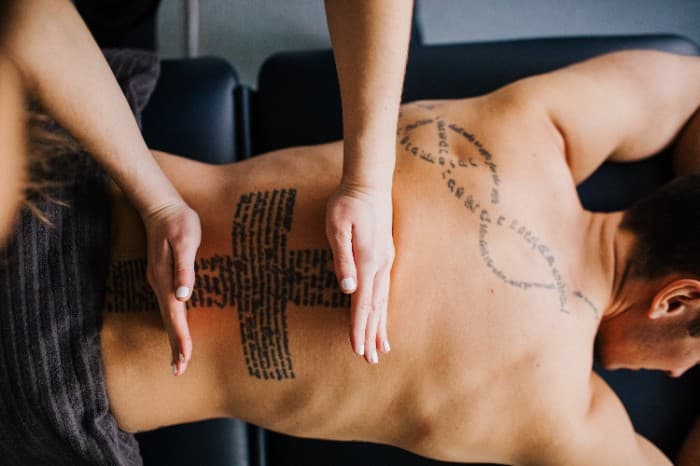Related Posts
Stay Active, Live Longer: How Exercise Can Boost Your Health After 60
As we get older, staying active becomes more important than ever. Exercise isn’t just about feeling good today it can extend your life, improve your independence, and keep you feeling strong well into your 70s, 80s, and beyond.
Chronic Fatigue and Muscle Strains – they’re not related….are they?
Find out how physiotherapy can help combat chronic fatigue according to research by Johns Hopkins University.
How Gait Analysis Can Benefit Runners
Gait Analysis is an in-depth analysis of how you move, more specifically running and walking with the ultimate goal of identifying any mechanical issues or potential risk factors for injury in a runner’s stride.
Recovery for Endurance Events and Training

Tissue repair:
As we exercise, we create microtrauma in the muscle fibres, connective tissue and bones. This microtrauma causes DOMS (Delayed Onset Muscle Soreness) and associated pain. Depending on the nature of the activity this damage will range in severity. Because of the repetitive nature and long duration of endurance events, DOMS are highly prevalent and can last longer than a week if not tackled.
Research suggests the most comprehensive forms of reducing DOMS are massage, active recovery, water submersion, and ice. Massage can reduce tension in muscles, reducing muscle stiffness, increasing blood flow, and decreasing muscle soreness. It is key in flushing out the lactic acid and general breakdown of tissue that build up during exercise. A massage however isn’t always the easiest to come by. Often an easier, more regular alternative would be a massage gun. These portable, handheld devices enable the user to provide percussive massage treatment that promotes muscle recovery and reduces muscle soreness through the same principles as general massage.
Active recovery essentially denotes movement – the worst thing to do after an endurance event is to be completely sedentary. Getting the body moving encourages blood flow like how massage works.
Water submersion and ice can be combined by having an ice bath. Whilst not the nicest way to recover, it does have its benefits in the same way that active recovery and massage do. The water compresses the muscles, and the ice provides not only a numbing effect, but it also encourages the lactic acid heavy blood to leave the body’s extremities and move to the centre of the body – then when you step out the new fresh blood is rushed into the muscles rejuvenating them.
An ice bath isn’t everyone’s cup of tea and so science has provided alternatives to such compression dilemmas. Designed by an MD, PhD, Normatec boots are compression-based leggings/arm bands that inflate and deflate to compress the muscles to improve recovery. More recently they have integrated massage technology into the boots – “Normatec uses dynamic air compression to create a restorative massage that helps you feel refreshed faster. 7 levels of compression and a patented Pulse technology deliver precise treatment to 5 overlapping zones with ZoneBoost™ by using biomimicry to replicate the natural muscle pumps and one-way valves of the legs.”
Nutritional recovery:
Long duration events use up our fuel reserves. To replenish these fuel reserves and recover adequately there are several avenues to choose. To overly simplify this process, the most obvious recovery source is hydration and protein. Research suggests that around 20g of protein ingested in the hour post exercise will increase recovery rate tenfold. This recovery rate also has a drop off – the longer you leave the ingestion the less of an effect it will have on the recovery process.